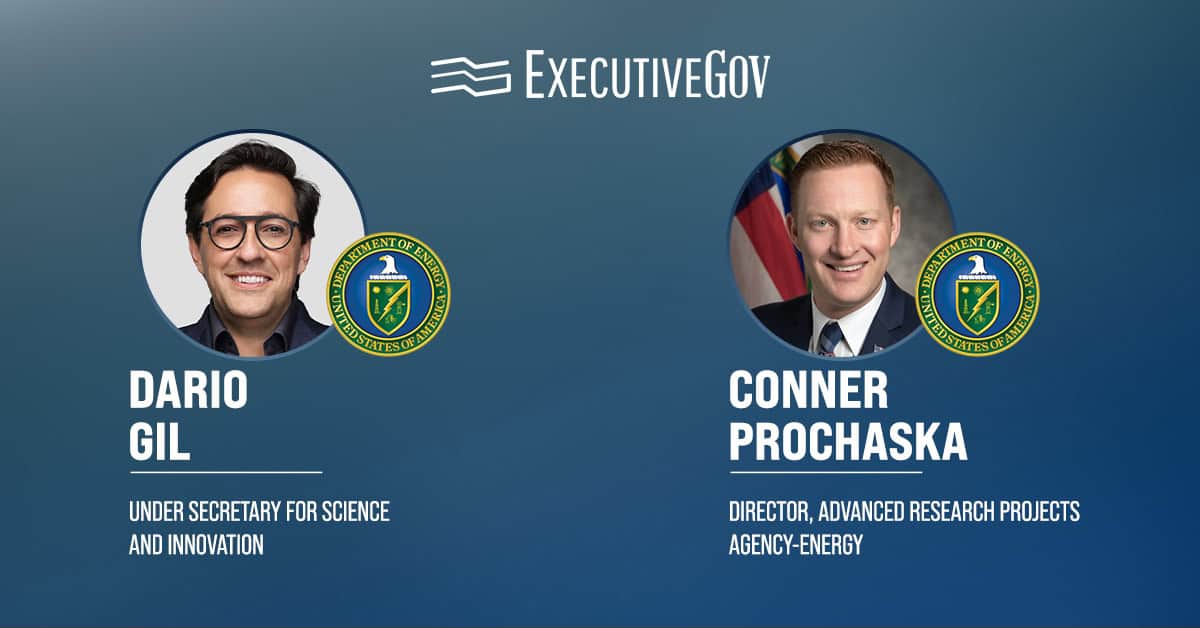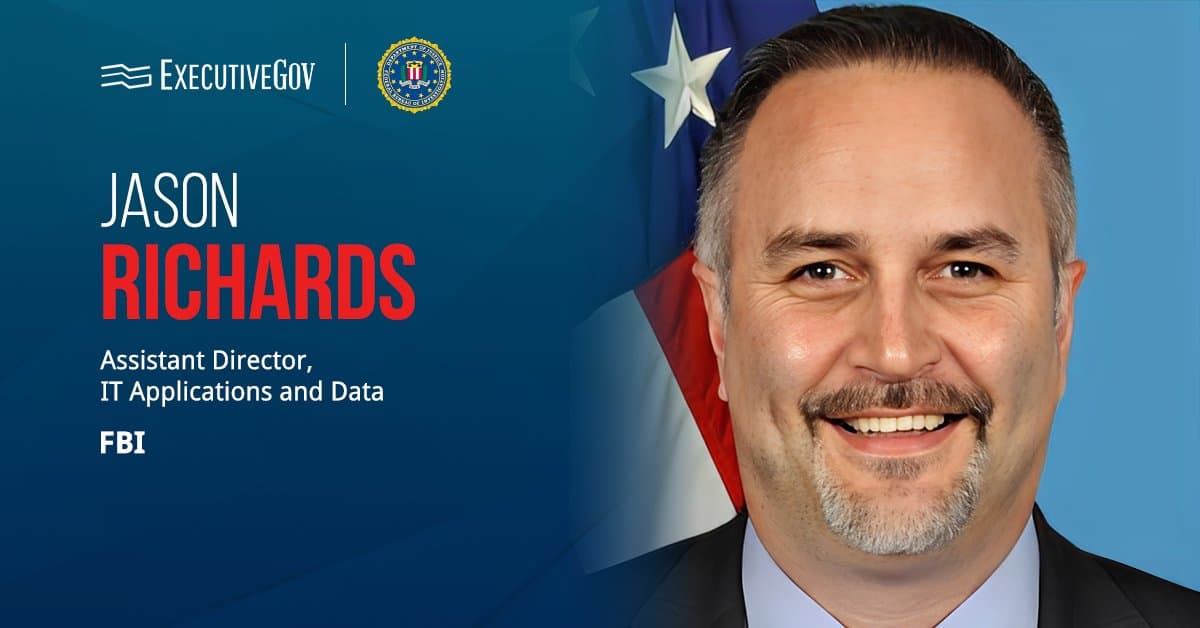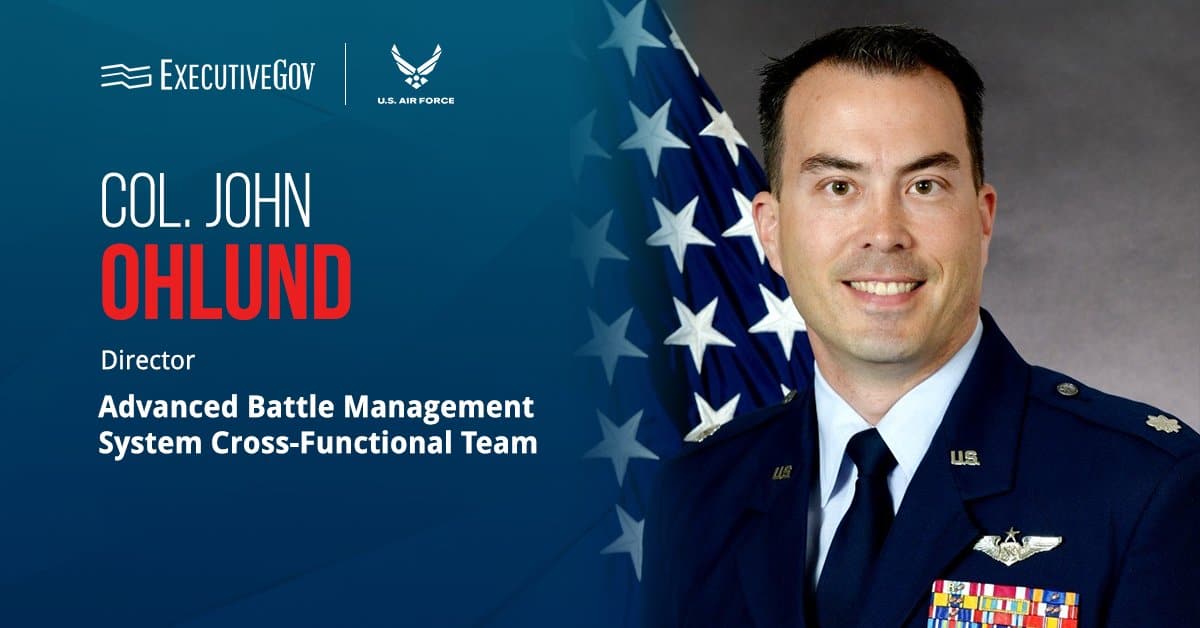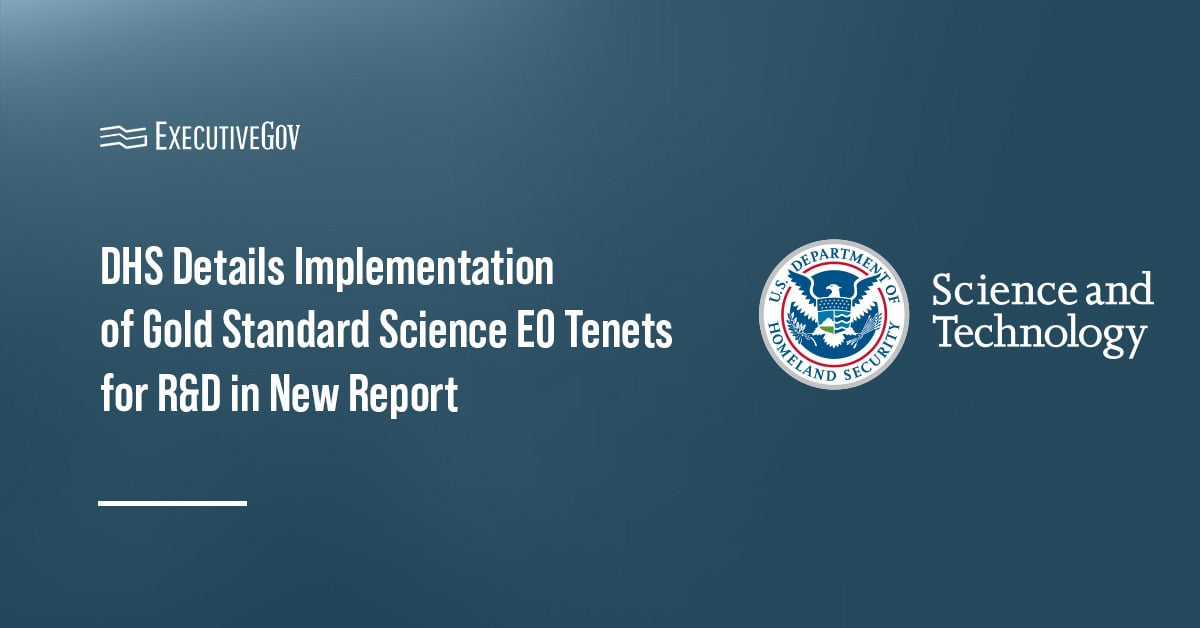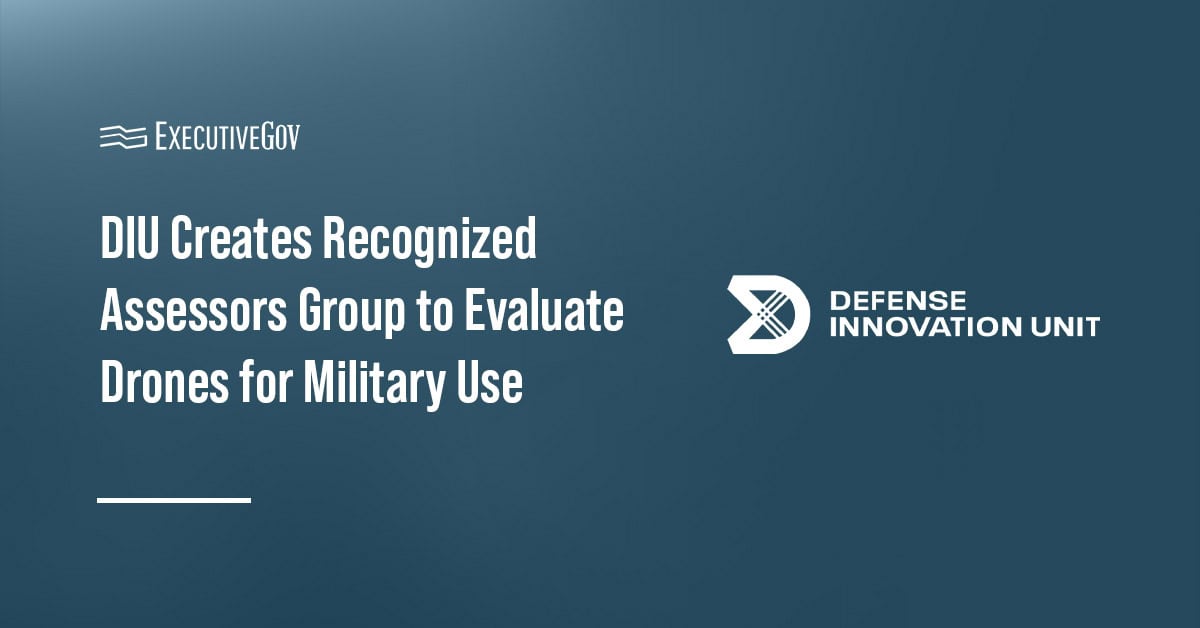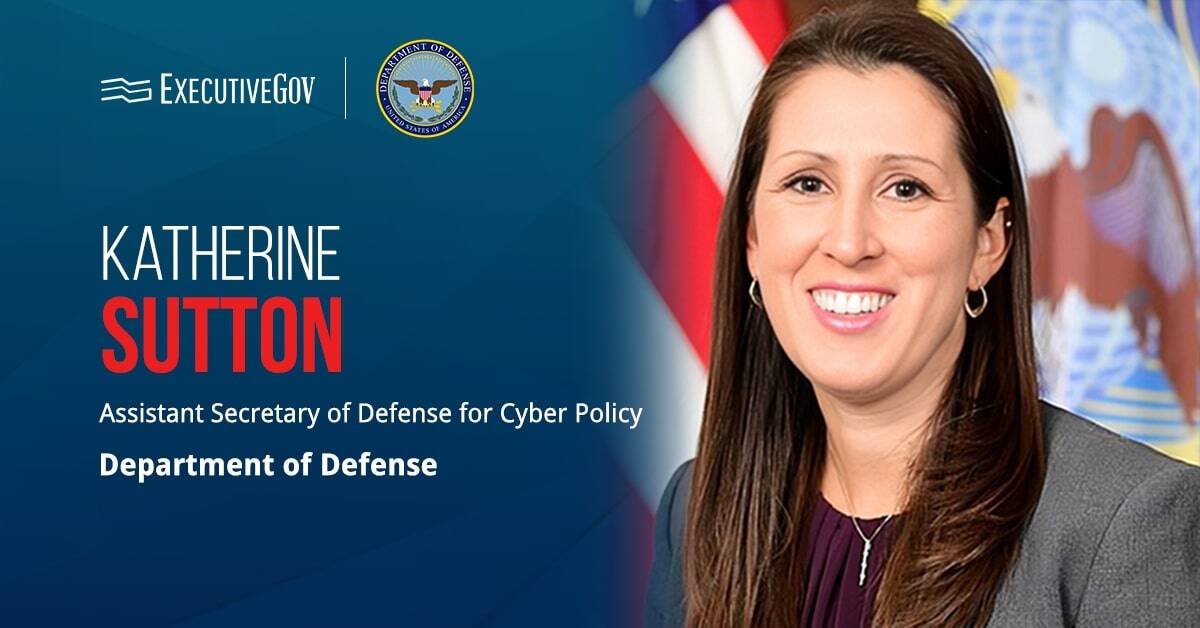The General Services Administration has collaborated with Meta to launch a new initiative incorporating Llama open source artificial intelligence models into the OneGov framework.
Table of Contents
Accelerating Federal AI Adoption
GSA said Monday the strategic partnership aims to streamline the federal sector’s access to Llama open source AI models by removing the need for individual agencies to negotiate agreements. This is intended to reduce redundant efforts and fast-track federal AI adoption.
The agreement aligns with the government’s AI Action Plan. It supports the Office of Management and Budget’s Memoranda M-25-21 and M-25-22, which aim to drive innovation, good governance and efficient AI adoption in government.
Meta’s Llama gives federal agencies complete control over data processing and storage. The open source nature of these models enables technical teams to develop, implement and expand AI applications while reducing costs and fostering transparency and reproducibility in AI research.
Remarks From FAS Commissioner Josh Gruenbaum
“Thanks to Meta and its commitment to advancing public sector services, our federal partners now have easier access to Llama and open source AI, which offers unique benefits for federal agencies and government use cases. Through these OneGov initiatives, GSA is driving an unprecedented acceleration of AI adoption across the federal government,” said Federal Acquisition Service Commissioner Josh Gruenbaum, recipient of the 2025 Wash100 Award.




